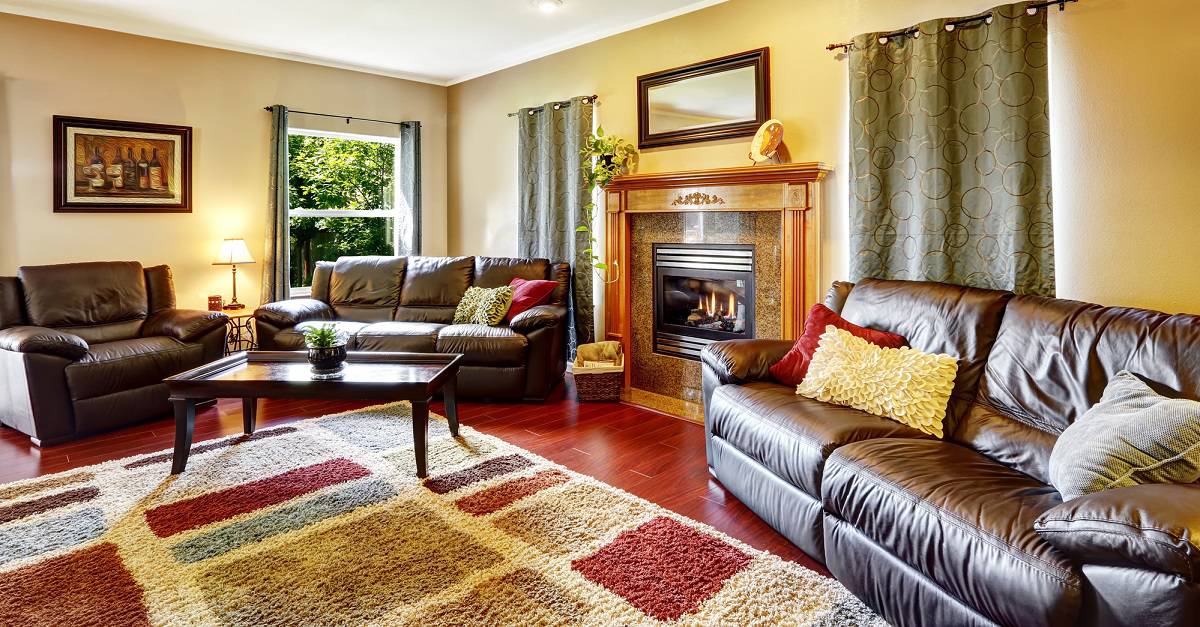Every rug salesperson knows that color is the primary consideration in most rug selection decisions. Volumes have been written on the subject of coloring in order to determine what best expresses your sense of style and taste. There are, however, certain practical limitations to letting your imagination run wild in color selection.
Suggestions?
In order for your rug investment decision to stand the test of time, consider these practical suggestions:
First, avoid extremes. Just as a white rug shows every little spot tracked on it, so also do extremely dark colors tend readily to show dust, lint, hair, and even the effect of abrasive soil (in terms of color).
Second, consider what type of soil (in terms of color) prevails in the area of intended use. Your color selection for the dining room with its constant parade of people, pets, and food must be considerably more soil-oriented than a rug for a formal living room.
Color Fastness
Third, consider that some colors will fade more readily when exposed to extreme sunlight or humidity. Blue tones are particularly susceptible to fading, while yellow is the strongest primary color, followed by red tones. Similarly, green, a combination of blue and yellow, usually fades to yellow under the right conditions. Solution-dyed fibers (color on the inside) are highly recommended when extreme fading probability exists.
Finally, ask yourself, “Will a pattern help minimize the effects of spots and spills in extreme soiling situations?” and “Will the color I select stand the test of time (wear) and style change?”
Remember, color is one of the many factors that determine the best rug for you, and because your rug is an investment you’ll want to hang onto for years, it deserves careful consideration.


